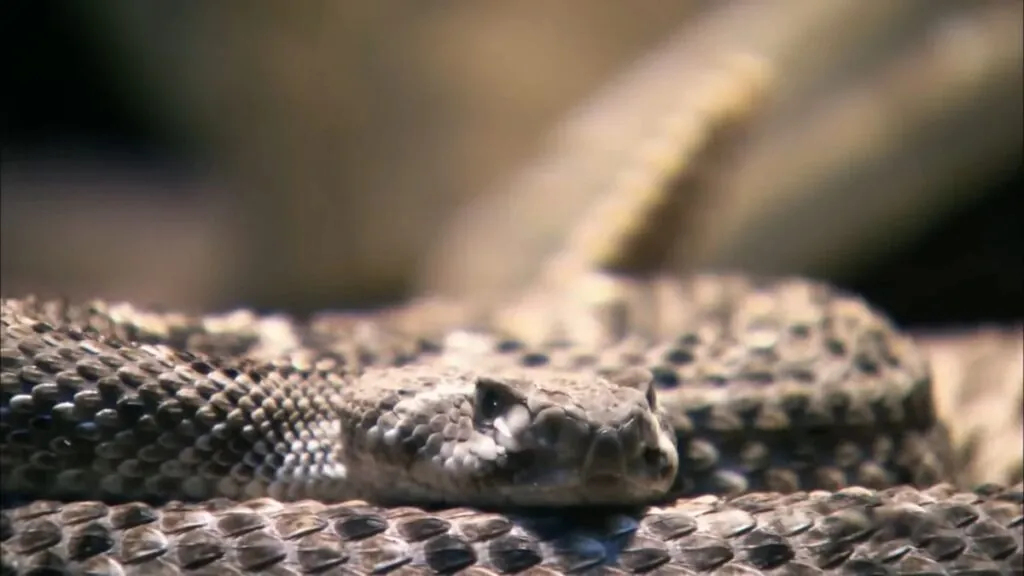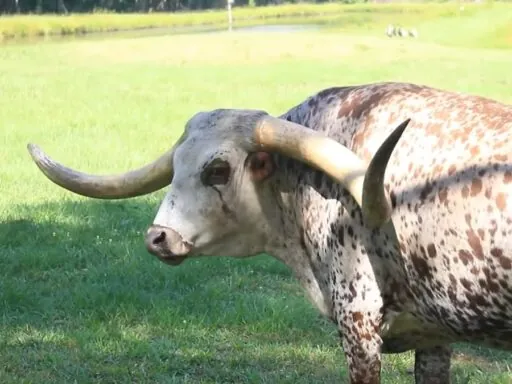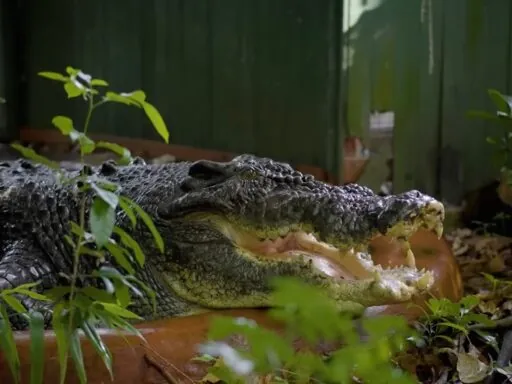
Titanoboa cerrejonensis, recognized as the largest snake in the world ever recorded, is a prehistoric boa species documented through the discovery of 28 fossils in the coal mines of Cerrejón, located in La Guajira, Colombia. These remarkable findings resulted from an international scientific expedition led by Dr. Jonathan Bloch, a vertebrate paleontologist from the University of Florida, and were officially announced in early 2009.
Dating back to the Palaeocene Epoch approximately 58-60 million years ago, Titanoboa cerrejonensis boasted extraordinary dimensions. Fossil evidence indicates that it could reach lengths between 12 to 15 meters (around 40 to 50 feet) and measured about 1 meter (3.3 feet) in diameter at its thickest part. Estimates suggest that these colossal snakes weighed approximately 1135 kg (around 2500 pounds) at their heaviest.
These dimensions far exceed those of today’s largest living snakes. While the reticulated python holds the record for length among contemporary species, and the anaconda is recognized as the heaviest living snake, both are dwarfed by the sheer size of Titanoboa cerrejonensis – the largest snake ever found. On the related note, got the scoop of the top 10 largest animals in the world?
The discovery of Titanoboa not only sheds light on the ancient ecosystems of South America but also provides invaluable insights into the evolutionary history and ecological dynamics of giant snakes. The existence of this largest snake in the world ever recorded underscores the dramatic changes in climate and environment that occurred millions of years ago, influencing the evolution of life on Earth.



